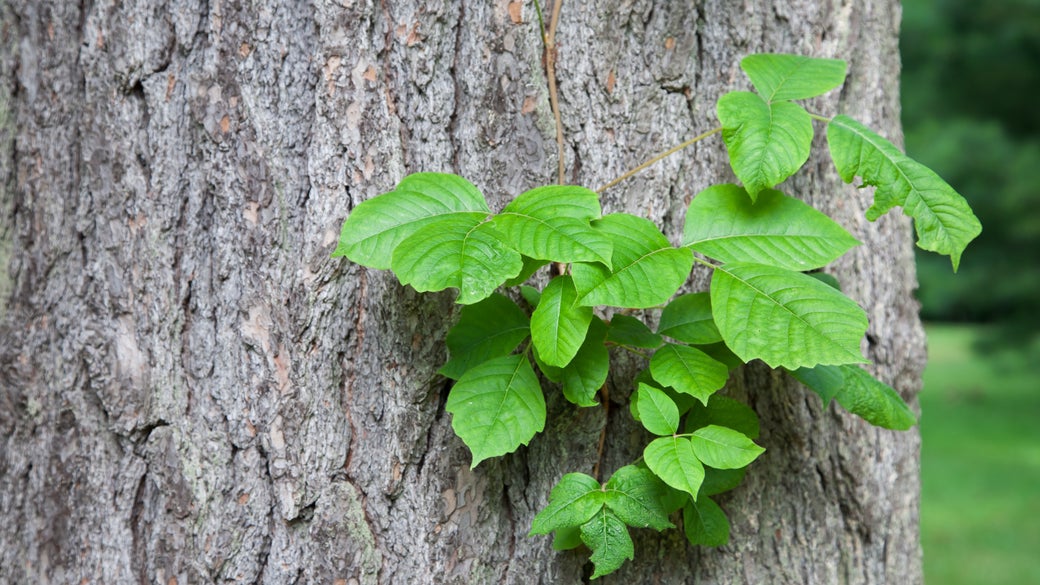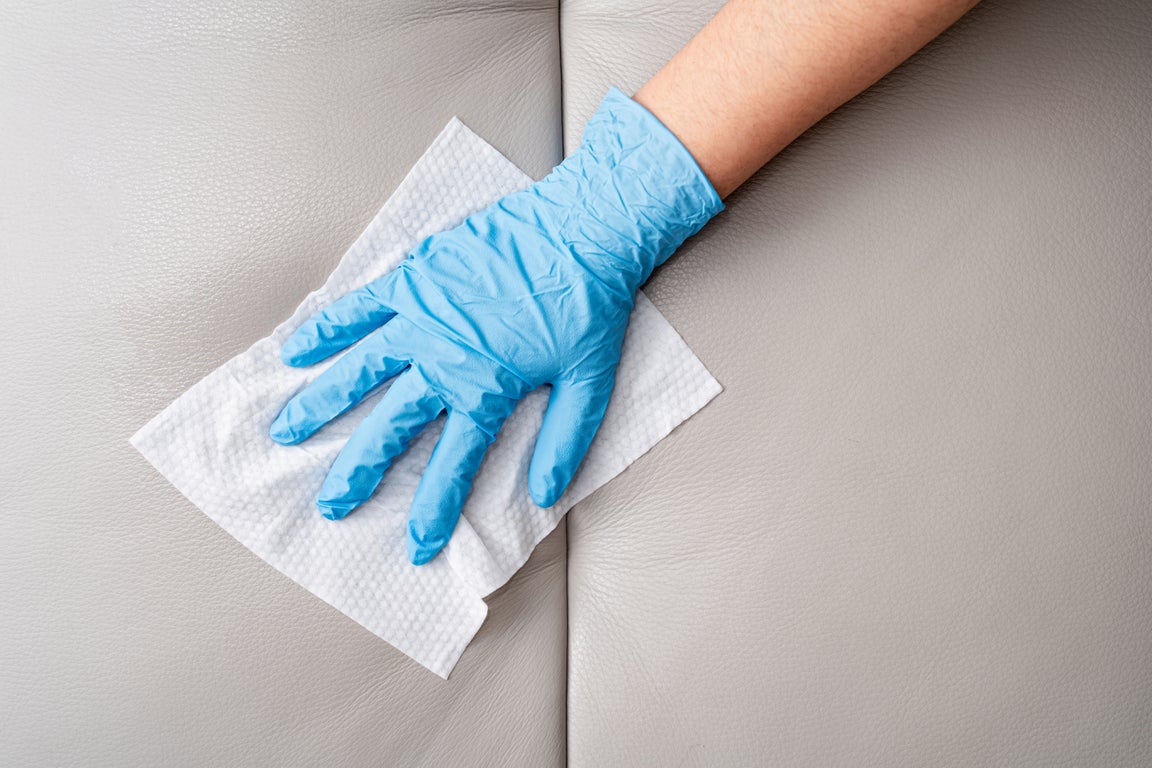How.to Kill Poison Ivy On Clothing, Shoes, And Garden Tools
How to Clean Poison Ivy Off Surfaces

Poison oak and ivy plants contain urushiol, an oily resin that can cause a rash if you touch the resin. Cleaning the oil off hard surfaces helps prevent the spread of the rash.
It's not enough to avoid poison ivy leaves. Poison ivy stems, roots and berries all can spread urushiol, the oily resin that causes a skin rash. The resin can last on surfaces for years, so even if you think you avoided exposure after hiking through some plants, you could get a rash later if the oil is still on your shoes, garden tools, hiking poles and bike frames, to name a few problem objects. Carefully cleaning away the oil can help reduce the risk of inadvertently touching it later.
Remove your shoes
Before you enter your home or apartment, remove your shoes and leave them outside, ideally on some newspaper. Save them for cleaning later.
Wash your hands and arms
Use soap and warm water to wash your hands and arms. The sooner you do this, the less likely you'll develop a rash from exposure to the resin.
Clean poison ivy oil off objects and surfaces

Use Clorox® Disinfecting Wipes to wipe down any hard surfaces that could have been exposed. Carefully hold each wipe so you only touch one side of the wipe while you're cleaning. Shoes, hiking poles, boots, bicycle frames — whatever objects were potentially exposed to poison ivy or poison oak — should all be wiped clean.
Finished hardwood, stainless steel or plastic garden tools can also be cleaned with Clorox® Disinfecting Wipes.
Related products
-

Machine wash clothing exposed to urushiol
Remove clothing that may have been exposed, turning it inside out as you go to minimize contact with any urushiol on the outside fabric. Machine wash using a good detergent and the appropriate bleach for optimum cleaning. Wash your hands and arms again after starting the washer.
See your doctor for an active rash
Never use Clorox products for personal hygiene. Clorox® Disinfecting Wipes are intended for use on hard, nonporous surfaces. If you need help treating an active poison ivy rash on your skin, call your doctor. Your doctor can help prescribe a rash treatment that's right for you.
Related articles
Frequently asked questions
- Will wipes kill poison ivy oil?
-
Urushiol oil is non-living, so it isn't killed. It just needs to be cleaned away. Claims that a product kills an organism apply to specific bacteria, viruses, and fungi, but not oil.
- Can I use wipes for treating poison ivy?
-
Clorox® Disinfecting Wipes can be used to clean away the oil in poison ivy that gets on hard surfaces, but should not be used to clean skin. Instead, use soap and water to clean skin exposed to urushiol oil. See your physician for any health-related questions or treatments for poison ivy rashes.
- Will bleach kill poison ivy on skin?
-
Urushiol oil is non-living, so it isn't killed. Claims that a product kills an organism apply to specific bacteria, viruses, and fungi, but not oil. Clorox® Bleach should not be used for washing or treating skin with a poison ivy rash, and is not recommended for personal hygiene of any kind. See your doctor for help treating a poison ivy rash.
Sign up for Clorox newsletter
Get cleaning tips, product updates, promotional offers and more to your inbox.
You're in!
This is the beginning of something great.
How.to Kill Poison Ivy On Clothing, Shoes, And Garden Tools
Source: https://www.clorox.com/learn/how-to-clean-poison-ivy-off-surfaces/
Posted by: denneysoperypear.blogspot.com

0 Response to "How.to Kill Poison Ivy On Clothing, Shoes, And Garden Tools"
Post a Comment